What makes a filmmaker exciting? It means that their best work is still ahead of them. There are amazing filmmakers coming out of the woodwork every day, each one better than the last. But if we had to bet on one filmmaker as the most exciting filmmaker on the planet, it’s Paul Thomas Anderson. Paul Thomas Anderson has traversed the cinematic spectrum, if there ever was one. But the fact that he’s still able to keep us on our toes at the mere sound of a new film, with all its mystery surrounding it, is something worth noting, and thank god we have at least one filmmaker that does so in such a mystifying fashion. In honor of Licorice Pizza hitting theaters nationwide on Christmas day, here’s our ranking of every Paul Thomas Anderson film… so far.
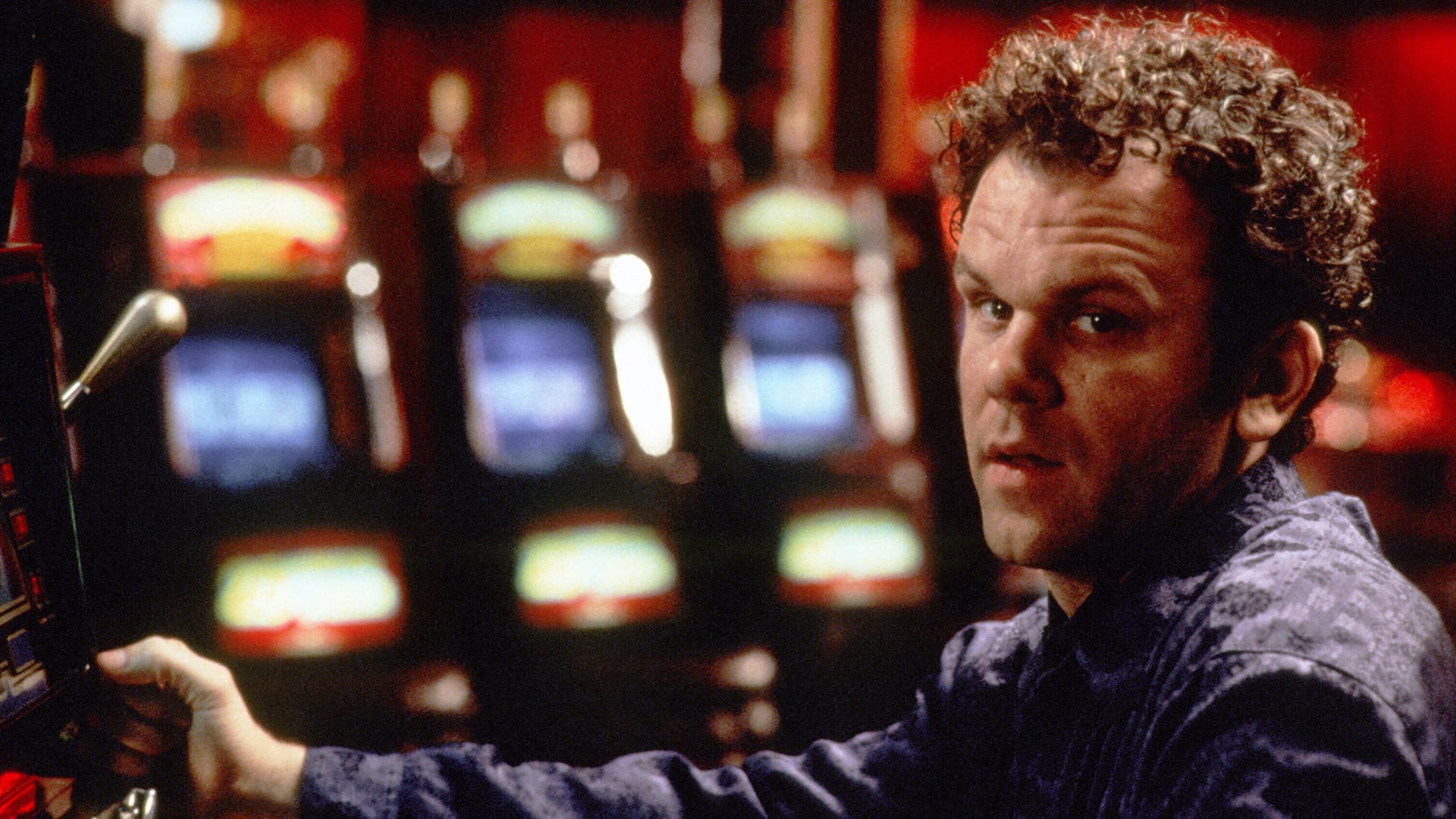
9. HARD EIGHT
At one point in the 90s, it seemed like if any auteur wanted to break in they had to direct a gangster drama, or at least something to that degree – Reservoir Dogs, Sexy Beast, Lock, Stock, and Two Smoking Barrels… you see what I mean. It seemed like an easy buck to bet on. Hard Eight was Anderson’s calling card. Having been developed and funded via the Sundance Lab, Hard Eight technically has two versions: one cut that its distributor released, and the other Anderson tried to push himself (even going behind the distributor’s back to submit his version to Cannes himself.) But thankfully, Criterion re-released Anderson’s cut of the film, even under its original title – Sydney. It not only launched the careers of John C. Reilly, Gwyneth Paltrow, and a career-best performance from Philip Baker Hall, but introduced the world to Anderson’s promising use of constantly rolling cameras and practices of a true cineaste. The low ranking of Hard Eight on this list is less an indictment of the film than a testament to the extraordinary films Anderson would produce in the coming decades.

8. LICORICE PIZZA
For better or worse, the jury’s still out on Licorice Pizza. But everyone’s immediate reception has been near-unanimous, claiming it as a “perfect PTA” movie. Take that for what you will, because this writer is still more or less gathering their thoughts as to where it stands in his filmography. Following a summer romance in the San Fernando valley in the ’70s between a 15-year-old high school child actor and a 25-year-old career-less but hopeful girl, Licorice Pizza returns Anderson to his wispy ways of filmmaking. The film has a looser spine to it, allowing for the film to rely more on sporadic sequences to keep the pace going. Whereas his previous films had maybe one or two set pieces, Licorice Pizza is nothing but cinematic set pieces. But this is not a review of the film. It’s a fun watch (one this writer will definitely be returning to) and definitely eclipses some of his earlier work, but one can’t help but feel the airy-ness harking underneath that doesn’t ground the film in its circumstances. The soul of his fun whacky scenarios is there. The mystery, however, isn’t.
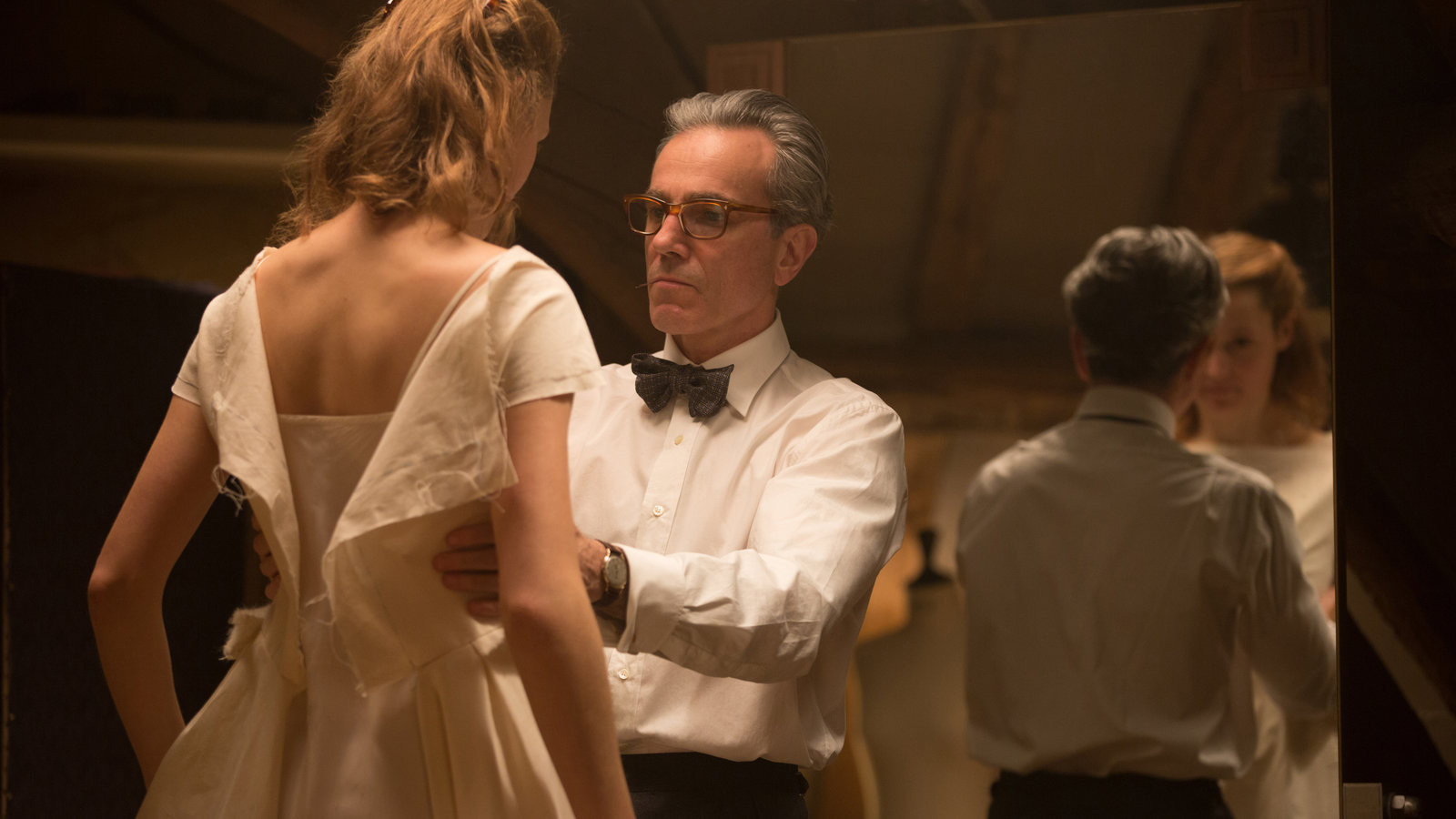
7. PHANTOM THREAD
Every PTA film always has some sort of shade of mystery draped over its release, this one in particular when rumors started spreading that Paul Thomas Anderson was tackling a fashion stylist icon of the ‘50s who dressed royalty. Everyone’s eyes shot toward Charles James, the famous British-American haute couture stylist who was notorious for his eccentricities. However, that proved not to be the case. But one can notice some similar idiosyncrasies in Reynolds Woodcock. Phantom Thread was the next step in Anderson’s evolution of becoming the ultimate auteur, so much so he began taking the reins of cinematographer for the first time, trusting his actors to direct themselves from the page. The result is a gothic Victorian romance where one is well aware that the film’s director is at the helm of every creative aspect, much like Woodcock is over his profession and female partners.

6. INHERENT VICE
The enigma around this one didn’t necessarily revolve around Anderson (BTS photos regularly surfaced), but rather the fact that it was an adaptation of a Thomas Pynchon novel, the only one he’s ever allowed to be adapted. Even though the two aren’t mutually exclusive, one can see Anderson’s fingerprints all over the novel. Originally intending to adapt Pynchon’s Vineland, but ultimately found it too difficult, Anderson returned to the ensemble casting and took notes from neo-noirs such as the Long Goodbye, Repo Man, and documentaries such as Hollywood Mondo. With the film’s huge cast of players, one leaves the theater feeling like they just smoked a fat joint. With so many tiny moving parts, the film is best when you stop trying to understand it, and rather let yourself understand it.

5. PUNCH-DRUNK LOVE
Featuring arguably Adam Sandler’s most awards-worthy performance of his career, Punch-Drunk Love is PTA’s shortest, but sweetest film to date. Centering on a hermit novelty item salesman who doesn’t know how to be vulnerable, the film’s an idiosyncratic love story that bears resemblance to the French New Wave and musicals of the ’60s. What at first seems cryptic (the car crash, the harmonium, the airline mile scheme) eventually turns into a fascinating chain of events that knocks Sandler’s Barry Egan down, only for him to find the courage he’s desperately looking for in love. We wouldn’t see another PTA picture like this until Licorice Pizza.
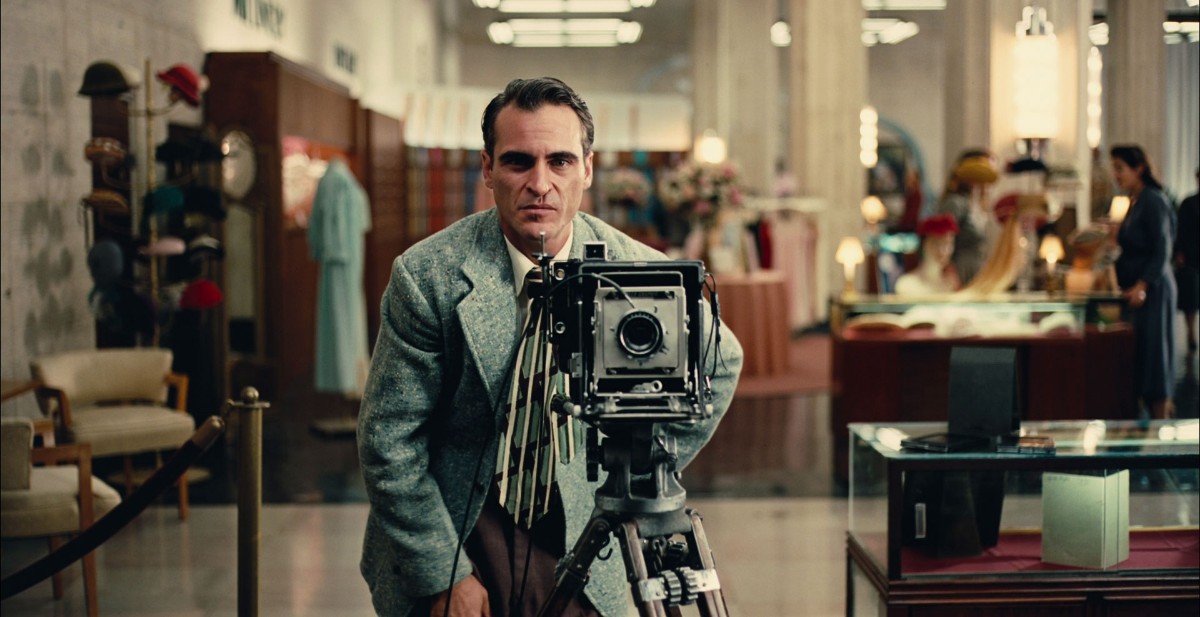
4. THE MASTER
Often referred to as “that scientology movie” upon its release, The Master is perhaps Anderson’s most ambitious film, and his first without his usual cinematographer Robert Elswit, this time with Mihai Malaimare Jr. behind the lens. It’s also probably his most mysterious film to date, mainly because the public didn’t know much about it. But it was that mysteriousness that made it so infectious. Almost everything about it seemed to be pointing in the direction of peculiarity – the 70mm roll out (the first film to be shot on 70mm since Henry V), the similarities between Lancaster Dodd and L. Ron Hubbard, the secret surprise screenings in NY and LA – it all added to its idiosyncrasy. But above all that, it boasts Joaquin and PSH’s best roles to date, Jonny Greenwood’s hypnotic score, and the closest thing one can get to 3D without the 3D: it’s the 2001 of the 21st century.
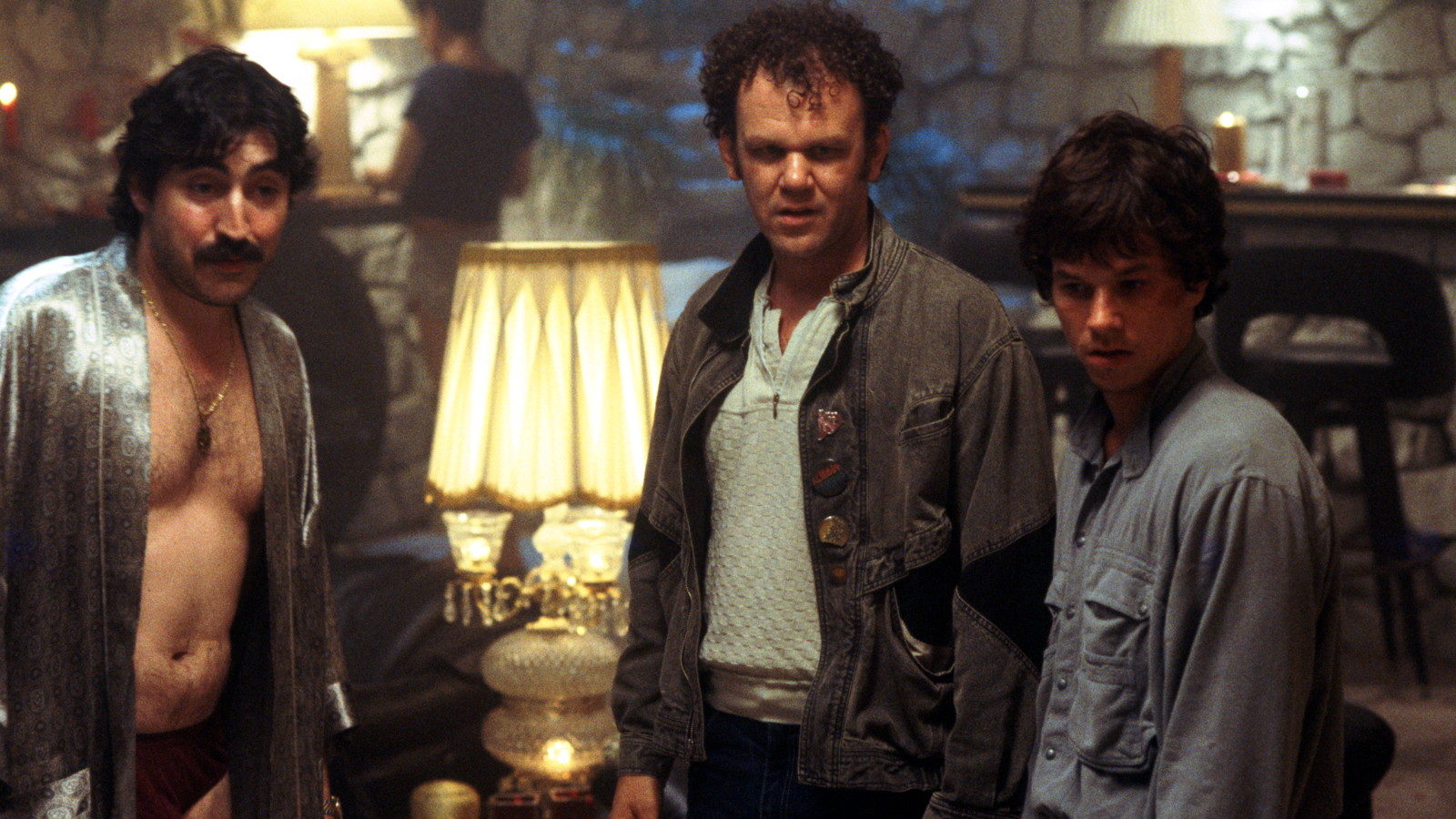
3. BOOGIE NIGHTS
At only 27, Paul Thomas Anderson produced what would dub him the “most exciting filmmaker on the planet.” Boogie Nights contained an exuberance fueled by the oncoming of the ’80s with a narrative and characters that seemed to shift into an era of hyper cultural inflation. It showed his command over ensemble pieces, as well as his mastery in climactic set pieces (the drug deal sequence with a meth’d out Alfred Molina). It was something so ambitious to take on at such a young age, and yet even more magnificent to pull it off effectively. It resuscitated Burt Reynolds’ career with his only Oscar nomination, and demonstrated that Anderson is truly an actor’s director.

2. MAGNOLIA
Perhaps the most whimsical of his filmography, Magnolia follows several San Fernando Valley inhabitants on a rainy day in LA, whose characters are plagued by trauma they can’t seem to let go of. It’s a beast of a movie – a 3+ hour runtime, a stacked ensemble cast, and a climax that’s Anderson’s best set piece in any of his films. And among his ensemble films, it easily ranks as his best. It’s a circular flowing narrative that’s his most poignant – by the end of it, you feel like you’ve felt something intangible. Upon first viewing, you see the story – the chance run-ins, the theme of coincidence… But upon second viewing, you see a parable: a pattern of flawed characters repeating their mistakes. Featuring Tom Cruise’s best role to date (and what would be his last Oscar nomination), Magnolia will rank at the top for most of Anderson’s fans.
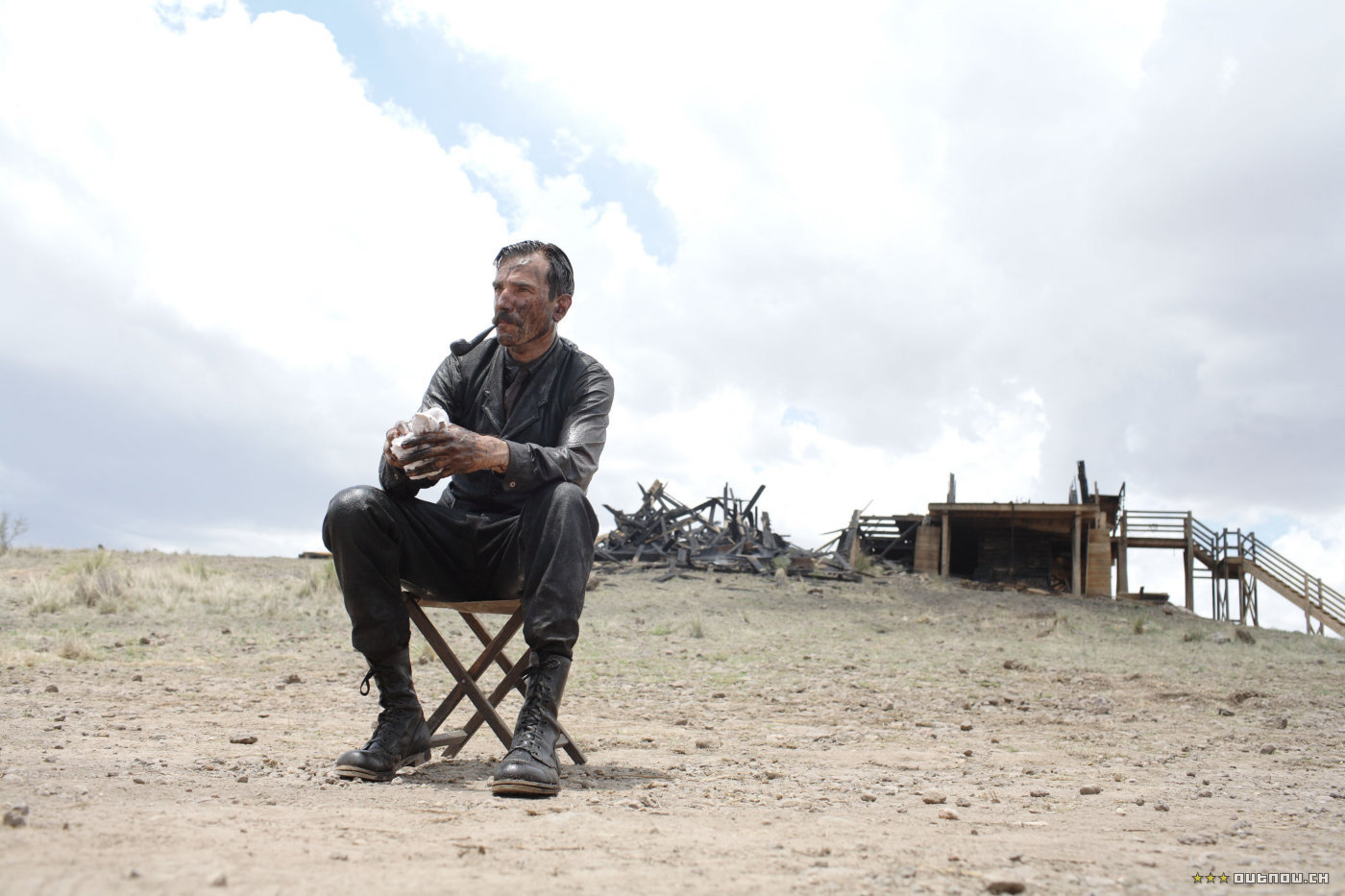
1. THERE WILL BE BLOOD
Anderson’s films tend to take place in the San Fernando Valley, but this was the valley before the valley. Anderson’s epic of a drunk-with-power oil baron who takes over a small religious town and challenges faith will be the one remembered by film historians and critics. Anderson, whose previous works up until that point included the playfulness of Magnolia and Punch-Drunk Love, had produced a film that bore comparison to the likes of John Ford and D.W. Griffith. Absolutely no one saw this dark turn coming, but it was a milestone indicating that Anderson was now leaving his whimsical fanboy era of filmmaking into embracing his true fascinations – the history of California oil, the spell of scientology, and haute couture fashion of the ‘50s. TWBB will be remembered not only for introducing a protagonist that will forever haunt the history of cinema, but because it’s an echo of an echo – an evolution in how we portray the past, one whose oncoming of new technology was perched right at the forefront. When you watch it, you see the cinematography of Days of Heaven, you hear the score of The Shining, you see a John Huston western… He wasn’t your film geek’s favorite filmmaker anymore. He was everyone’s.
